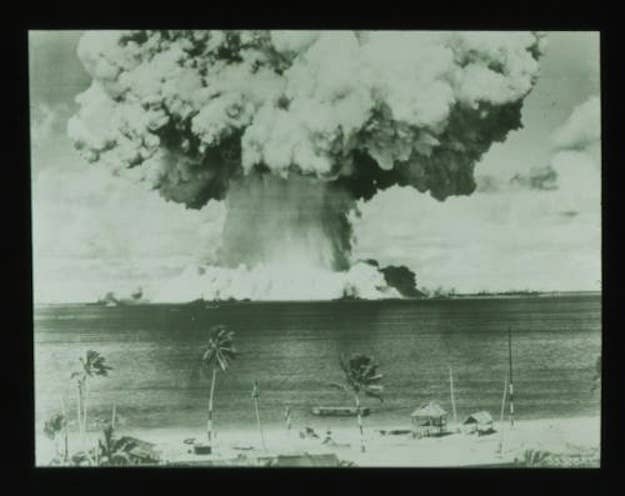
The Micronesians were great navigators who journeyed originally from Southeast Asia some 4,000 years ago.
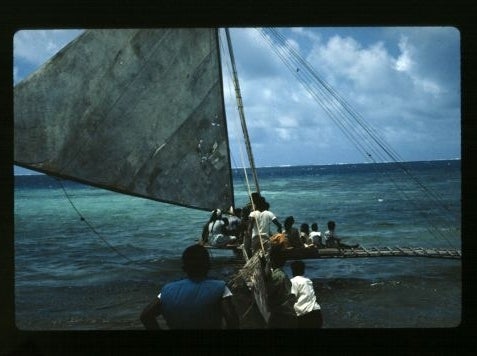
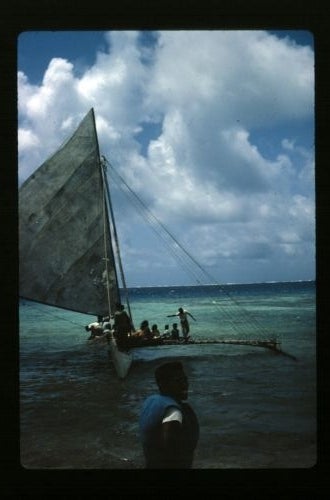
They led subsistence lifestyles off the land and ocean.
The Marshall Islands were ground zero for the atomic testing, but the surrounding islands in Micronesia were also impacted by the nuclear tests and the militarization of the area, during and after World War II.
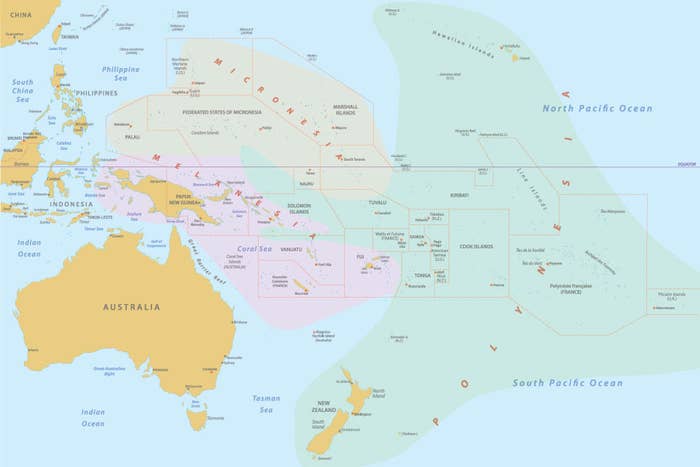
The Marshall Islands are an archipelago made up of of five islands and 29 atolls, which run in two parallel chains.
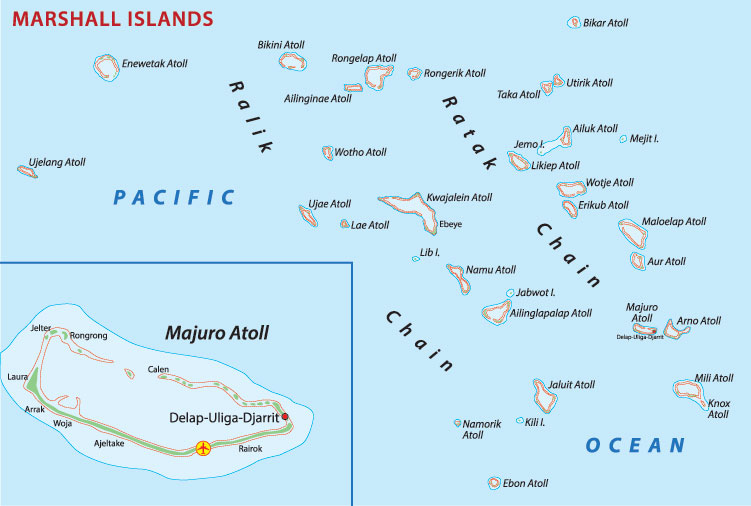
Most directly affected during the nuclear tests were Enewetak and Bikini in the Marshall Islands.

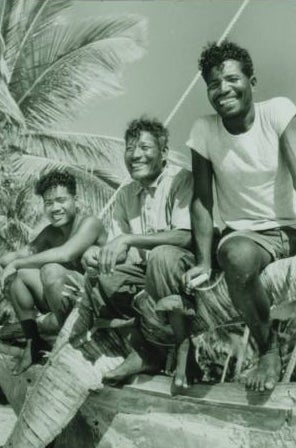
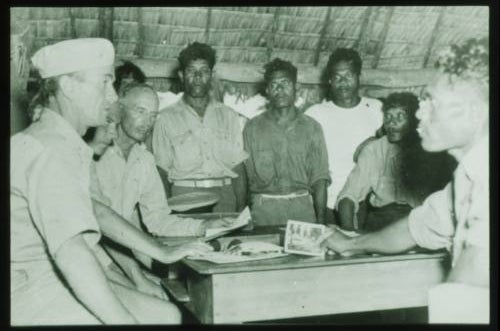

In 1946, Cdre. Ben Wyatt told the 167 residents of Bikini Atoll that due to their home's remoteness it had been selected as the site for the first peacetime test of the atomic bomb. Wyatt assured the Bikinian Chief Juda Kessibuki that an authority "higher than any on earth" would look favorably on such a deed and that it would be "for the good of mankind."
Less than a month later, the Bikinians packed up all their possessions into a Navy transport.
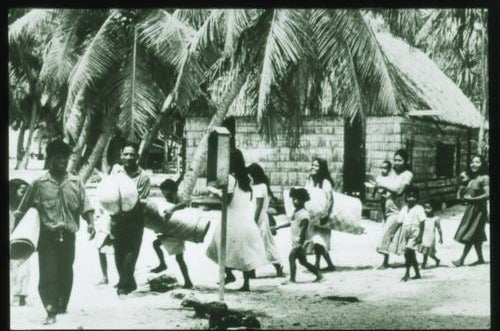
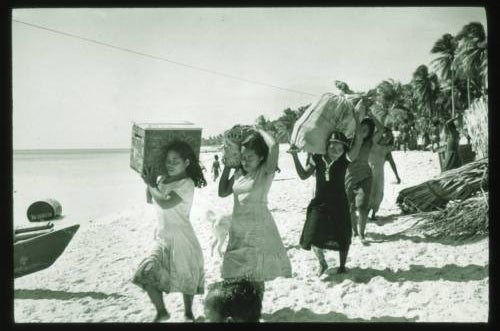
They said good-bye to their home, but they did not know it would be forever.
Nuclear radiation impacted the surrounding atolls as well.
View this video on YouTube
In 1983, Darlene Keju-Johnson spoke at the World Council of Churches Assembly in Vancouver, giving voice for the first time on an international platform to the injustices Micronesians faced as victims of the nuclear age.
She spoke in particular for the people who lived in the islands surrounding the nuclear test sites. Keju-Johnson grew up on Wotje, one of many atolls downwind of the nuclear tests at Bikini and Enewetak, and she died of cancer in 1996.
In 1986, the U.S. signed the Compact of Free Association with the FSM and RMI.
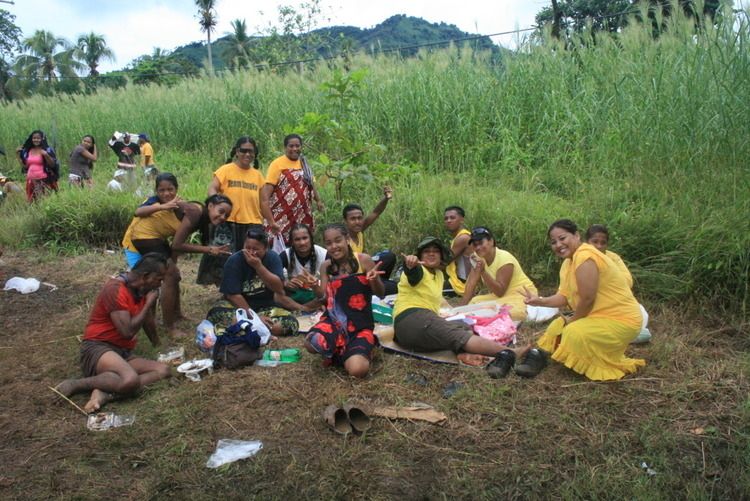
A deal with defense.
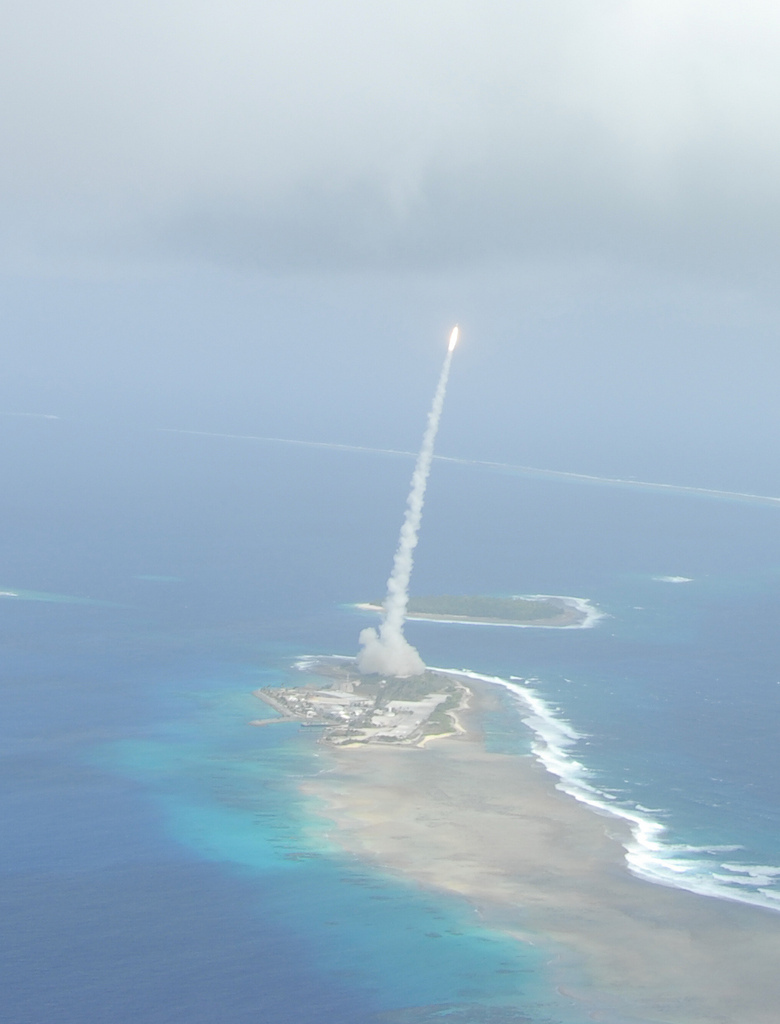
A similar COFA contract was enacted with the Republic of Palau in 1994.
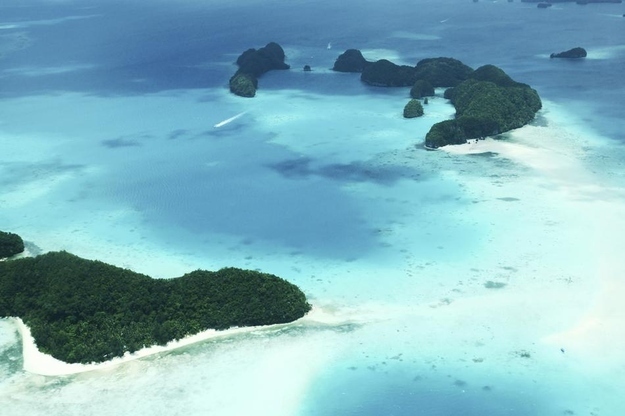
Even though they are trust territories of the U.S., all three COFA nations are considered self-governing and receive their own seats at the U.N.
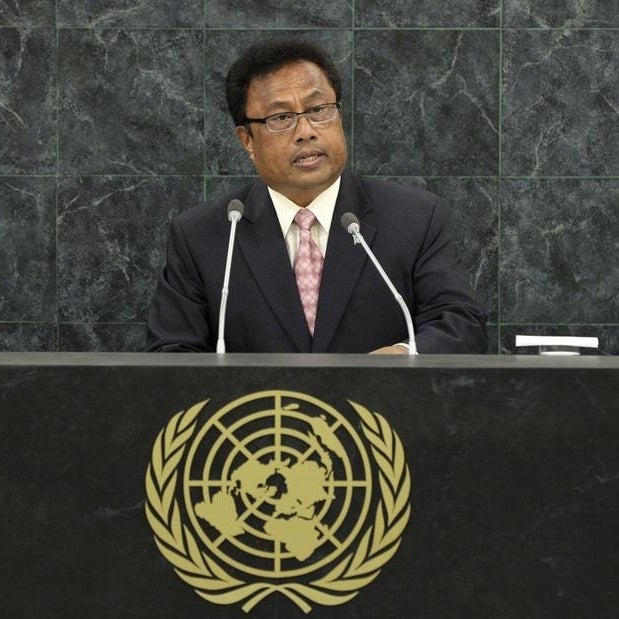
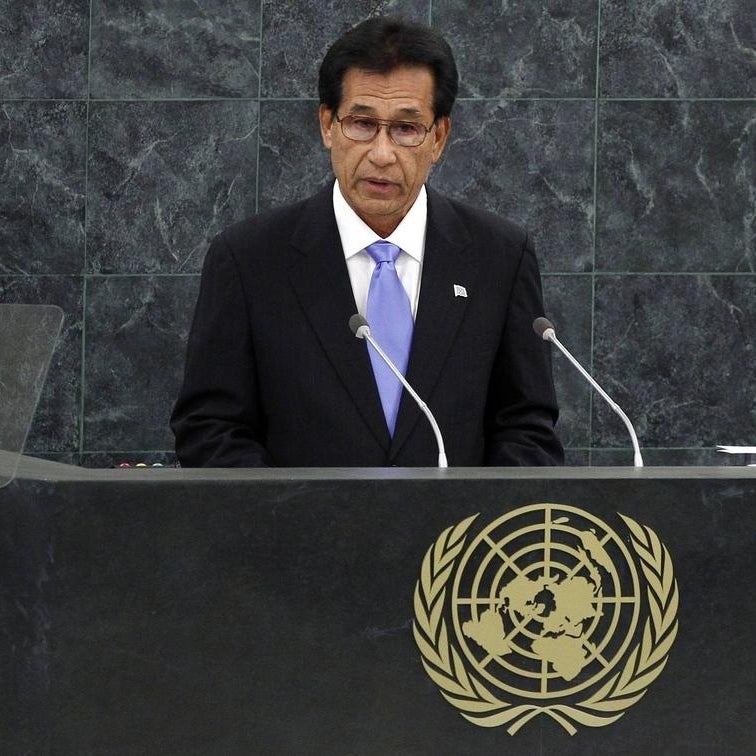

Palau, FSM, and RMI are the United States' closest allies and almost always vote along with the U.S. and Israel even when other allies do not.
Broken promises.
In 1996, Congress restricted access to government programs for certain people in the U.S. who were not citizens, including people from COFA nations. Because of this, many COFA citizens lost their access to health care, even though they are legal residents in the U.S. paying taxes.
Meanwhile, back in FSM, RMI, and Palau, the U.S. had not lived up to its side of the agreement to promote economic development. Radiation continues to affect many islands, and Micronesians remain dependent on American assistance.
Joakim "Jojo" Peter, a Micronesian community leader from FSM's Chuuk who is currently earning his Ph.D. at the University of Hawaii, told BuzzFeed there is still "a lot of frustration" for Micronesians, because they have "guaranteed almost forever" the continued militarization of their home while being denied access to health care.
"The fact that a couple of their island atolls are still not habitable, that is testament to a long problem. The fact that there are still people being treated for long-term illnesses, that is testament too," Peter said. "If there are two groups here, on one side us, Micronesians, and on the other side the United States, we've given all we can to this, and then what are we fighting for — welfare. I mean, the weight of this is so lopsided."
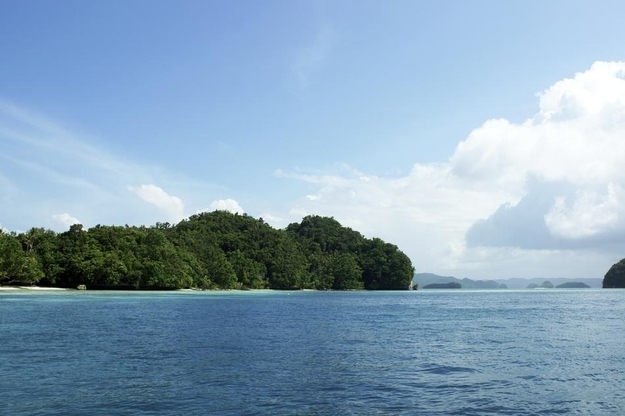
View this video on YouTube
Kathy Jetnil-Kijiner was born on Majuro but moved to Hawaii when she was 6. She's a poet who gravitated toward spoken word, as a means to connect with her own culture, which relies heavily on oral storytelling, and new audiences.
In 2012, she represented the Marshall Islands at Poetry Parnassus, an international gathering of poets, with her poem "History Project."
"I noticed so few Americans noticed anything about nuclear testing that was conducted in the Marshall Islands," Jetnil-Kijiner told BuzzFeed about writing the poem, "and that's really frustrating for me and a lot of Marshallese, that no one seems to be aware of this travesty that occurred — and I just wanted more people to know about the horror of it and about what we lost."
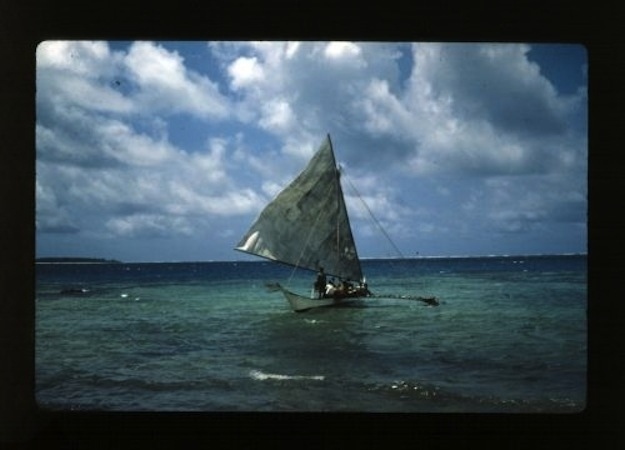
Correction: A previous version of this article misstated that the Castle Bravo bombing was the largest nuclear bomb, when it was in fact the largest nuclear bomb used by the U.S. (3/1/14)


